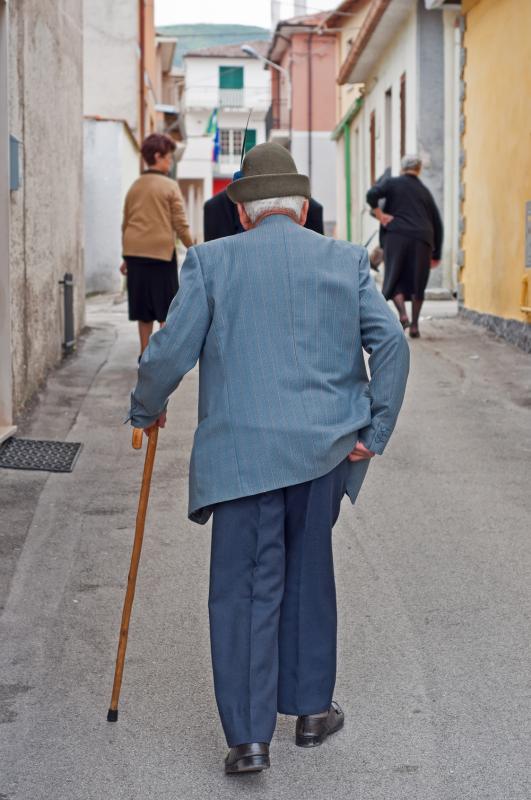
Combat pressure has been shown to elevate the risk of hypertension among military veterans, and such risk is exacerbated by combat injury, reveals a study.
The investigators identified combat-exposed and combat-injured participants using data from the Millennium Cohort Study and the Department of Defense Trauma Registry. Diagnoses of incident hypertension were determined from the Millennium Cohort survey. Multivariable complementary log-log survival models were used to estimate associations between combat exposure/injury and hypertension risk.
A total of 38,734 participants were included in the final analysis, of whom 50.8 percent were deployed but not exposed to combat, 48.6 percent deployed and exposed to combat, and 0.6 percent sustained combat injury. Hypertension prevalence overall stood at 7.6 percent.
Participants who experienced combat but not wounded (moderate exposure; adjusted odds ratio [AOR], 1.28, 95 percent confidence interval [CI], 1.19–1.38) and those wounded in combat (high exposure; AOR, 1.46, 95 percent CI, 1.07–2.00) had higher odds of hypertension than those who were deployed but did not experience combat (mild exposure).
The following factors were also associated with a higher likelihood of hypertension: sleep duration of <4 hours (AOR, 1.21, 95 percent CI, 1.03–1.43), sleep duration of 4–6 hours (AOR, 1.16, 95 percent CI, 1.05–1.29), post-traumatic stress disorder (AOR, 1.54, 95 percent CI, 1.26–1.87), and overweight (AOR, 1.77, 95 percent CI, 1.61–1.95) and obese status (AOR, 2.77, 95 percent CI, 2.45–3.12).
“[T]here is emerging concern that exposure to combat environments and subsequent injury may increase the risk of hypertension through changes in inflammatory responses, psychological stress and mental health, and health behaviours,” the investigators said.